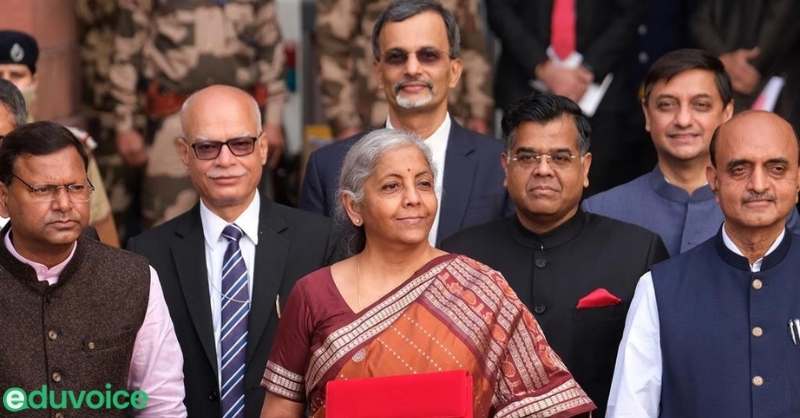India’s latest budget is a mixed bag for science and technology. While on the face of it, some science ministries have received higher allocations several others face neglect.
Budgetary estimates for the coming year, compared with the revised ones from last year, reveal a number of departmental winners including science and technology up 14%, biotechnology up 13%, and scientific and industrial research up 6.4%. At the same time, the ax fell on renewable energy, which was cut by 10%, and higher education down 4.4%.
A budgetary highlight was the announcement that the government will promote ‘chemical-free natural farming’. India already has one state – Sikkim – where only organic farming is practiced. For the ruling Bharatiya Janata Party, promoting traditional agriculture, as well as medicine based on cow products, has been a fixation – albeit a controversial one. But critics point out that no allocation has been made for organic farming, although the allocation for traditional Ayurveda medicine has seen a 14.5% jump.
‘When one looks deeply, it becomes clear that capital expenditure – denoting expenditure on setting up new institutions, new equipment, buildings, etc – is almost missing from allocations for departments of science and technology, biotechnology, scientific and industrial research, agricultural and health research,’ says science policy watcher Dinesh Abrol, former chief scientist with the Council for Scientific and Industrial Research. Only space and atomic energy show significant capital outlay, he says.
Last year’s budget focused on pandemic and infectious diseases. Four new institutes of virology and nine high containment labs to study highly infectious pathogens were announced then along with a ‘one health’ institute that would focus on human and animal disease research and surveillance. However, senior virologists told Chemistry World that a year later they still had no knowledge of the planned activities.
An enormous research agency by Indian standards was set up in the last budget – the National Research Foundation (NRF) – to fund neglected researchers with INR500 billion (£4.9 billion). It was supposed to fund universities and colleges and distribute INR100 billion annually for five years, starting last year. A year later, the NRF has allocated a small amount for administrative expenses – the exact figure is not out yet but will be less than INR3 billion – and nothing else has happened.
‘It is quite clear that statements bordering on hyperbole were made and schemes announced, calculated to show the government doing dramatic things, but the ground reality has been pretty dismal,’ says Abrol. In this year’s budget, science has been a washout he adds – absolutely no new schemes or proposals have been announced and there is a deafening silence on big-ticket announcements made previously. ‘Historical data shows that under Modi [the] importance of science and technology is witnessing a steady decline in real terms,’ he adds.
For More Such Articles, News Update, Events, and Many More Click Here






